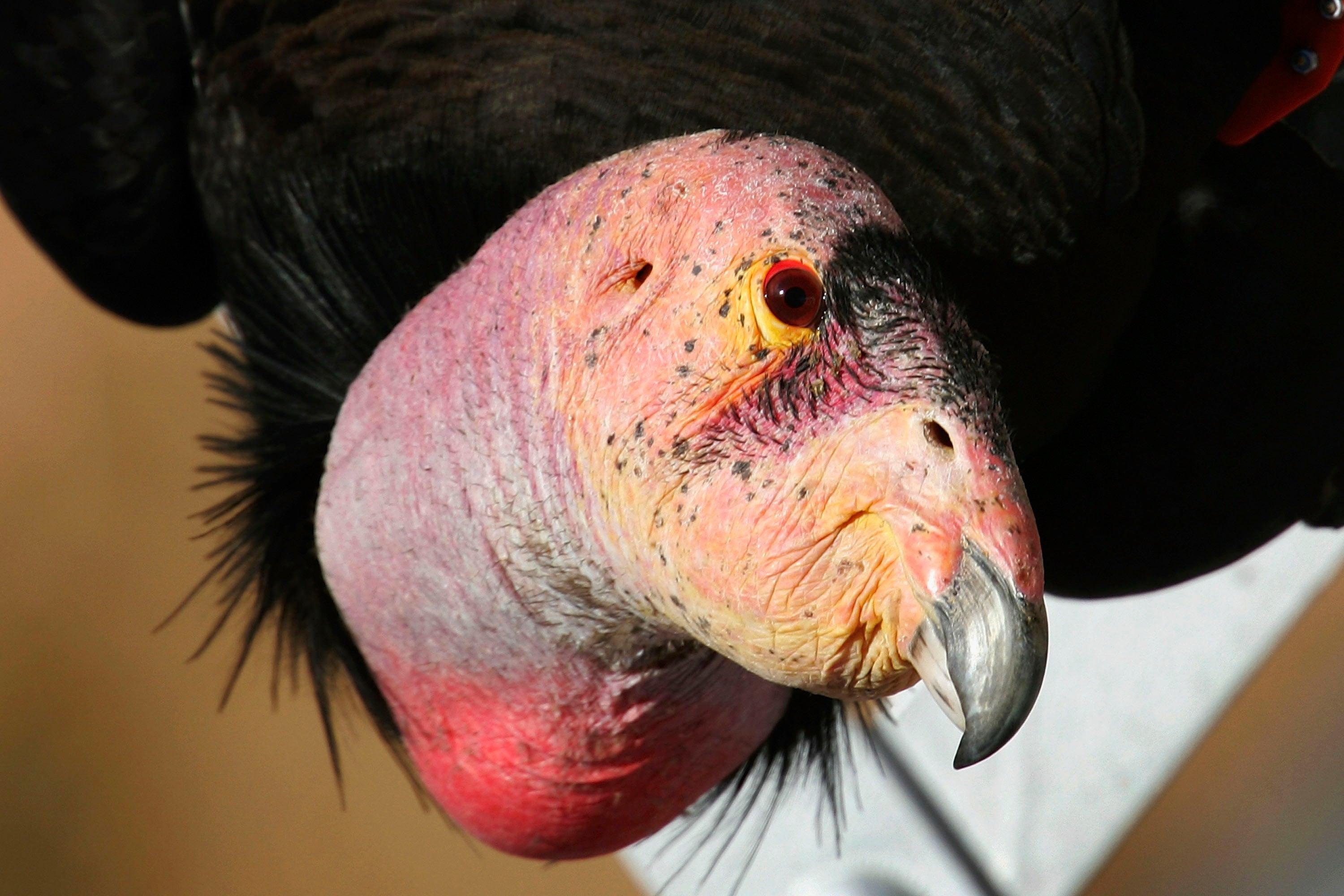Critically endangered California condors are capable of ‘virgin births’
Two chicks were born from unfertilized eggs, scientists in San Diego say
Your support helps us to tell the story
From reproductive rights to climate change to Big Tech, The Independent is on the ground when the story is developing. Whether it's investigating the financials of Elon Musk's pro-Trump PAC or producing our latest documentary, 'The A Word', which shines a light on the American women fighting for reproductive rights, we know how important it is to parse out the facts from the messaging.
At such a critical moment in US history, we need reporters on the ground. Your donation allows us to keep sending journalists to speak to both sides of the story.
The Independent is trusted by Americans across the entire political spectrum. And unlike many other quality news outlets, we choose not to lock Americans out of our reporting and analysis with paywalls. We believe quality journalism should be available to everyone, paid for by those who can afford it.
Your support makes all the difference.Critically-endangered California condors can have “’virgin births,” according to wildlife researchers.
Genetic testing showed that two male chicks that hatched in 2001 and 2009 from unfertilised eggs were related to their mothers, a study showed. Neither of the birds was related to a male and it is the first ever report of asexual reproduction in the condors.
“Among 467 male California condors tested in the parentage analysis, no male qualified as a potential sire” of the two birds, the study said.
The phenomenon, which is called parthenogenesis, has been seen among some insects, fish, reptiles and a few birds, but no-one realised the condors were capable of it.
Scientists say that it does occasionally happen when female birds have no access to a mate, but that was not the case with the condors as each mother had previously mated with a male and together produced 34 chicks.
California condors are the world’s largest flying birds, with giant 10ft wingspans, and the largest bird in North America.

They almost became extinct in the 1980s, with just 22 alive when the US government captured them all and put them in zoos for captive breeding.
“These findings now raise questions about whether this might occur undetected in other species,” said Oliver Ryder, the study’s co-author and director of conservation genetics for the San Diego Zoo Wildlife Alliance.
“It hit us in the face. We weren’t looking for it. We didn’t expect it.”
The non-profit alliance runs the San Diego Zoo and Safari Park and has been involved in a California condor breeding programme that helped bring the condors back from the brink.
There are now more than 500 California condors, including more than 300 that have been released into the wild in California, Arizona, Utah and Mexico.
While condors can live up to 60 years, both of the males in the study were in poor health, with one dying at two-years-old and the other at eight.
“We couldn’t believe that this is something that was really happening,” said Cynthia Steiner a researcher at the San Diego Zoo Wildlife Alliance.
“And so when we were working in the lab we were repeating the genotyping processes.
Getting all the genetic information multiple times to make sure that we were not making any mistakes, to be honest.”

Join our commenting forum
Join thought-provoking conversations, follow other Independent readers and see their replies
Comments